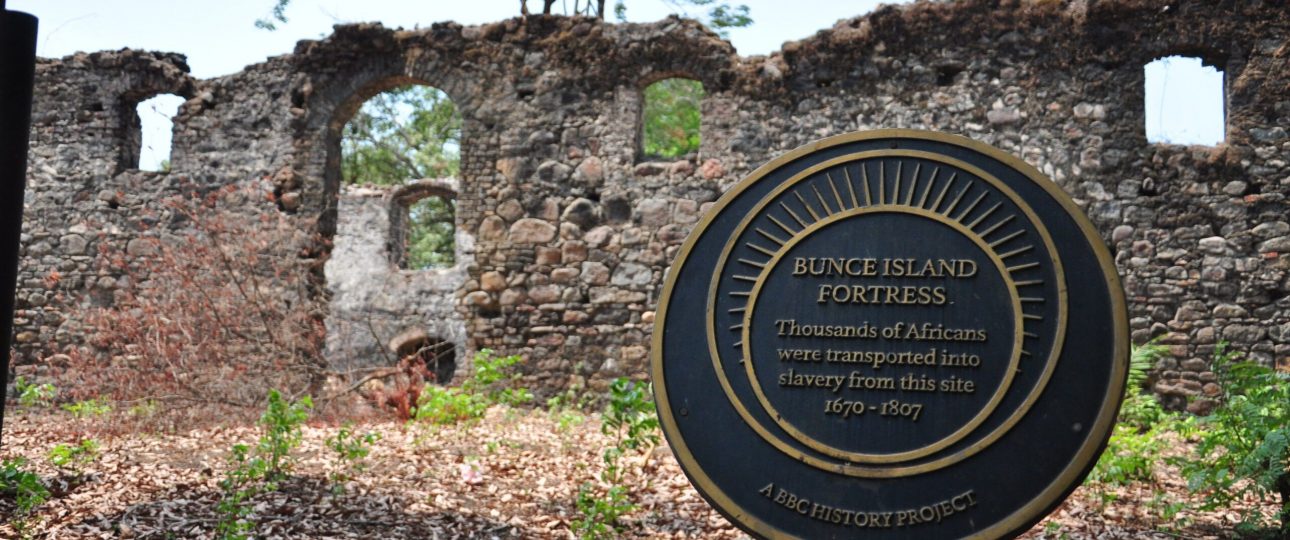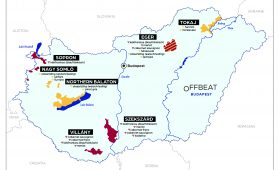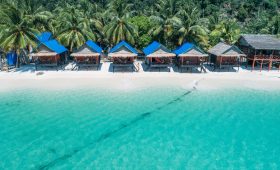Exploring Bunce Island: A Journey Through History
Bunce Island, located in the Sierra Leone River about 20 miles from Freetown, is a site of profound historical significance. Once a major center of the transatlantic slave trade, the island offers a sobering glimpse into a dark chapter of human history. Visitors can explore the remnants of a slave castle and other structures that tell the story of the island’s past.
Historical Significance
Established by English slave traders around 1670, Bunce Island was initially operated by the Royal African Company and later by other British firms. The island served as a key point in the slave trade, where thousands of enslaved Africans were shipped to the Americas. The ruins of the slave castle, including the headquarters building and the open-air slave yard, remain as stark reminders of this history. Visitors can also see the remnants of watchtowers and cannons, some bearing the royal cypher of King George III.
Best Time to Visit
The ideal time to visit Bunce Island is during the dry season, from November to April. During these months, the weather is more predictable, with temperatures ranging from 77 to 86 degrees Fahrenheit (25 to 30 degrees Celsius). The island is generally closed during the rainy season due to safety concerns related to heavy rainfall.
Getting There
Reaching Bunce Island involves a boat trip from Freetown. Several operators offer guided tours, providing a unique perspective of the coastline and the chance to see marine life such as dolphins. The journey itself is an adventure, offering views of the Sierra Leone River and its surroundings.
Local Transportation
In Freetown, transportation options to reach the boat departure point include taxis, local buses, and motorbike taxis known as “okadas.” Taxis are the most comfortable option, but it’s important to negotiate the fare beforehand. For those seeking a more local experience, buses and okadas offer an adventurous alternative.
Exploring the Island
Upon arrival, knowledgeable local guides lead tours of Bunce Island, sharing stories about its history and the impact of the slave trade. The experience is both educational and emotional, offering insights into the lives of those who passed through the island.
Key Sites to Visit:
- The Slave Castle: Explore the ruins of the castle where enslaved Africans were held before being transported across the Atlantic.
- The Slave Quarters: Visit the areas where enslaved individuals lived under harsh conditions.
- The Viewpoint: Enjoy panoramic views of the Sierra Leone River, reflecting on the island’s history.
- The Nature Trail: Walk through the island’s lush vegetation, observing local wildlife and bird species.
Local Cuisine and Culture
While visiting Bunce Island, take the opportunity to enjoy Sierra Leonean cuisine. Dishes like jollof rice, cassava leaves, and fried plantains are popular and offer a taste of local flavors. Engaging with the local community provides a deeper understanding of the culture and hospitality of the Sierra Leonean people.
With its rich history and cultural significance, Bunce Island offers a unique travel experience. While the journey may be challenging, the insights gained and the stories heard make it a worthwhile destination for those interested in history and human resilience.




